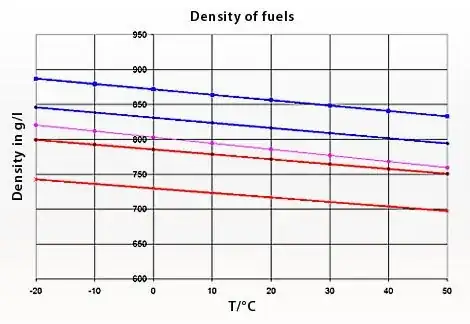One tip that I heard as a young driver was something along the following:
Try to refuel in the early morning or in the evening as the denser gas will get you better fuel economy.
Since then I have seen the same advice or question appear online from time to time. As such, I have been wondering, does the time of day that you refuel have a meaningful (even if over the long run) impact on a vehicle's fuel economy?
